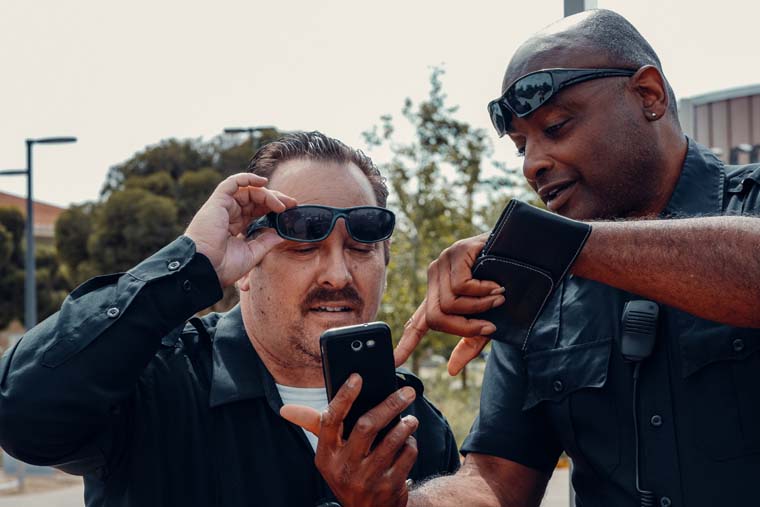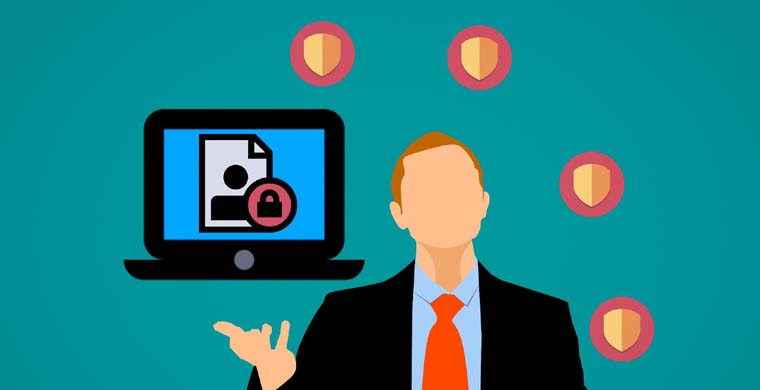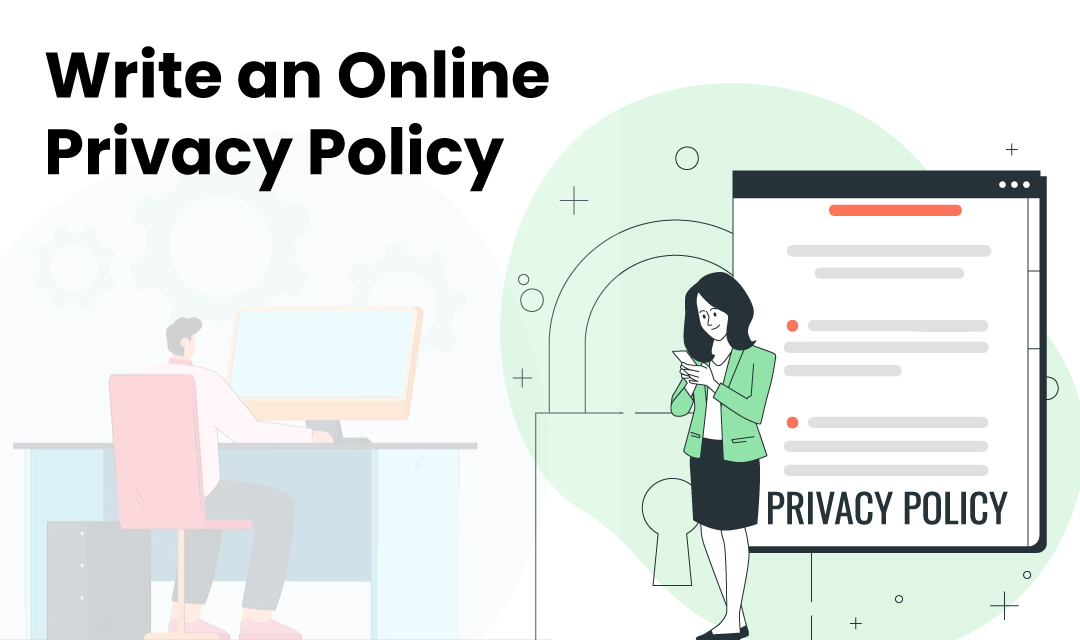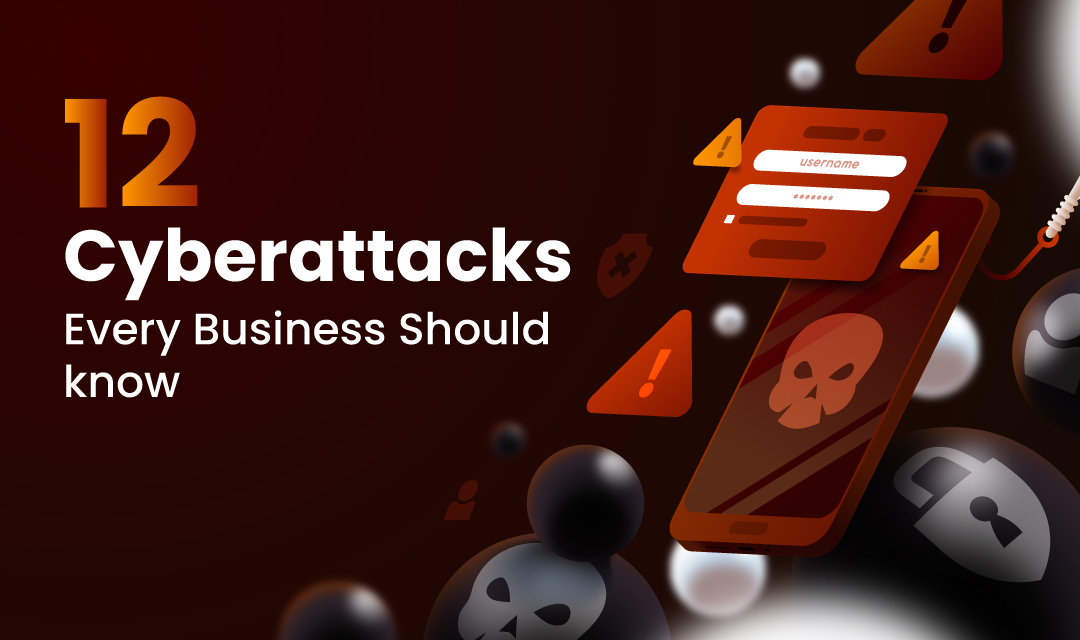
Modern mobile phones and gadgets have GPS systems that constantly track and save our location data. This function comes in handy if you need to find a missing phone or a faster route when going on a road trip. Still, it also gives third parties - including apps, ad networks, hackers, and even the police - access to your location, mostly without your knowledge.









